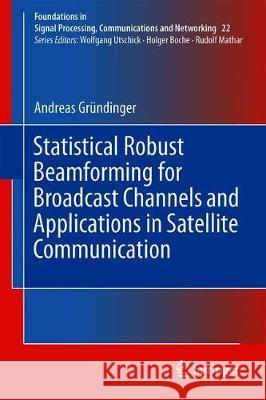Statistical Robust Beamforming for Broadcast Channels and Applications in Satellite Communication » książka
topmenu
Statistical Robust Beamforming for Broadcast Channels and Applications in Satellite Communication
ISBN-13: 9783030295776 / Angielski / Twarda / 2019 / 245 str.
Statistical Robust Beamforming for Broadcast Channels and Applications in Satellite Communication
ISBN-13: 9783030295776 / Angielski / Twarda / 2019 / 245 str.
cena 402,53
(netto: 383,36 VAT: 5%)
Najniższa cena z 30 dni: 385,52
(netto: 383,36 VAT: 5%)
Najniższa cena z 30 dni: 385,52
Termin realizacji zamówienia:
ok. 22 dni roboczych
Dostawa w 2026 r.
ok. 22 dni roboczych
Dostawa w 2026 r.
Darmowa dostawa!
Kategorie:
Kategorie BISAC:
Wydawca:
Springer
Seria wydawnicza:
Język:
Angielski
ISBN-13:
9783030295776
Rok wydania:
2019
Dostępne języki:
Numer serii:
000384996
Ilość stron:
245
Oprawa:
Twarda











